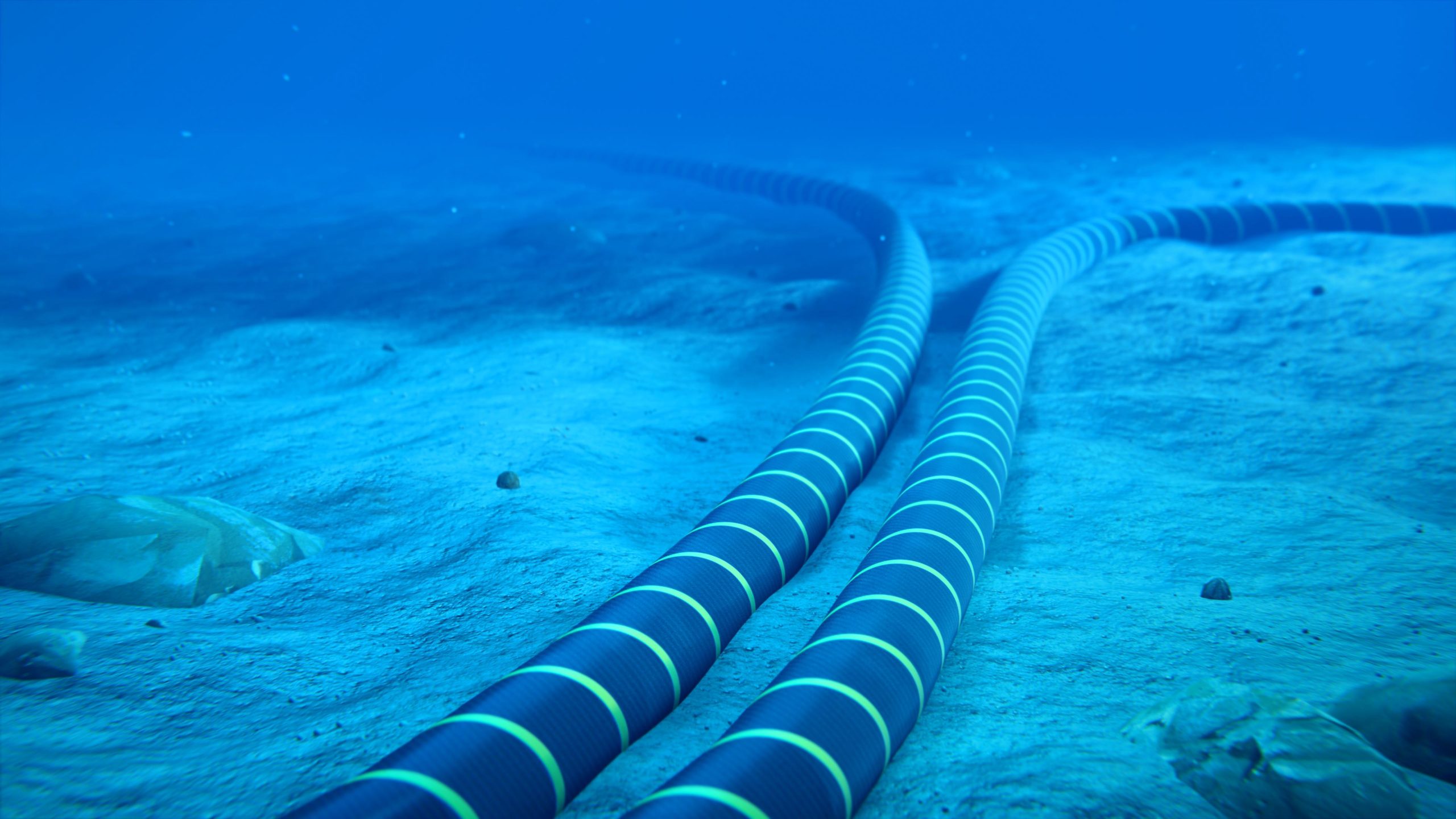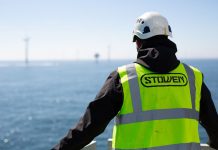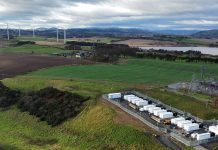A new 1.8GW subsea electricity interconnector, billed as the world’s largest serving multiple users, is to be built between the Netherlands and Britain’s east coast, energy secretary Grant Shapps announced today.
The minister confirmed the LionLink project will connect offshore wind farms in Dutch and British waters, delivering power at either end to meet the needs of 1.8 million homes, more than Birmingham & Manchester combined.
Shapps announced the deal as he led a British trade delegation to a North Sea energy summit in Belgium.
The meeting was convened to examine the practicalities of a multi-point mesh in the North Sea of interconnectors power and gas pipelines, intended to increase the resilience of northern Europe’s energy supplies.
Intelligent routing of power flows, managed interactively over LionLink, will spur construction of new turbine clusters, minsters believe, establishing a mesh of North Sea of clean assets.
Denmark and Germany already boast the world’s first multi-point interconnector system, the Kassø-Frøslev venture linked to Vattenfall’s turbines. But ministers say the new LionLink will have more than four times that model’s carrying capacity.
Britain already has 8.4GW of international connectors, including two linking into France’s nuclear-dominated exports. A fire in Kent in September 2021 affected the oldest, IFA1, temporarily cutting 1GW of capacity. Last year unplanned closures at up to half France’s fleet of 56 reactors drastically reduced imports. Officials cited causes such as reactor corrosion, maintenance delayed by Covid lockdowns & summer heat waves.
Ministers today attached no timeline or price tag to LionLink. But they claimed its enabling of dependable low-carbon power could attract up to £20 billion of private investment to Britain’s coastal communities, creating 40,000 skilled green jobs.
Shapps said: “Together with the strong ties we have with our northern European neighbours united today at the North Sea Summit, we are bolstering our energy security and sending a strong signal to Putin’s Russia that the days of his dominance over global power markets are well and truly over”.
Ben Wilson of National Grid Ventures, added “Connecting wind farms to multiple markets simultaneously is a game changer for energy infrastructure and brings us one step closer to realising the enormous green energy potential of the North Sea.
“Not only can we deploy every spare electron where it is needed most, we can help to reduce the impact of infrastructure on coastal communities”, said Wilson.
Former BP executive Nick Butler told the BBC’s Today programme that adding oil and gas pipelines to a managed multi-point North Sea power network made economic and environmental sense. He suggested Dogger Bank, once an island, as an operational hub.
Britain Remade, a lobby group dedicated to promoting new infrastructure, welcomed LionLink. But it pointed out UK planning rules already hold up offshore farms by as much as seven years, even after permitting.
Campaigns director Sam Richards said: “40% of all major infrastructure projects have been delayed at the planning stage since 2017. The Norfolk Vanguard offshore wind farm was subject to a 26-month delay, after waiting over two years for approval from the Secretary of State. In February the Hornsea Four project was hit with a last-minute five-month delay, despite being in development since 2018″.
“If we want to reduce energy bills, cut our dependency on expensive foreign gas and be energy secure in less than seven years’ time, we need to end these delays”, he added.
The group was calling, said Richards, for average construction times for offshore farms to be slashed from as much as 12 years, to only 5 and a half. That was the only way to meet government targets of 50GW of offshore wind generation by the end of the decade.




